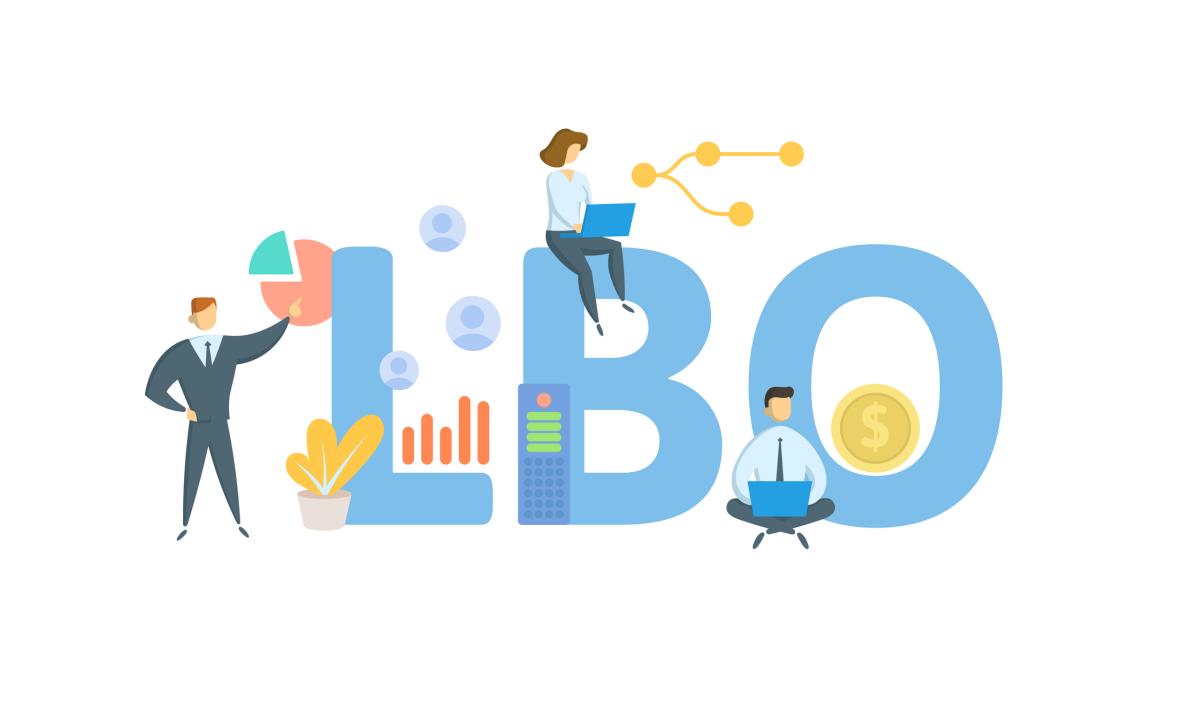By Ted Seides, CFA, the founder of Capital Allocators.
Once upon a time, Michael Milken catalyzed the modern private equity industry by financing leveraged buyouts (LBOs) with below-investment-grade bonds. Market participants dubbed the paper “junk bonds” in the heyday of the 1980s. Much like less-marketable financial conventions like “death insurance” and “passive investing,” the moniker “junk bonds” did not resonate with all comers.[1] The euphemism “high yield bonds” sounded a lot better, as did “private equity” for those afraid of leverage.
At times, “high” was not an apt description for the yield on below-investment-grade bonds. Yield spreads compressed in the run-up to the GFC, when troubled issues without protective covenants revealed many were junky after all. More recently, low interest rates made the “high” in “high yield” true only in relative terms.
Despite a few quirks in terminology, high-yield bonds and their cousin, leveraged loans, supported a surge in private equity activity over the last thirty years. Returns on those deals far surpassed investor needs.
Where’s the L in LBO?
My conversations on our new show, Private Equity Deals, discuss portfolio companies and recent exits. Some of the conversations with mega-cap private equity firms like KKR and Thoma Bravo cover companies purchased and sold at mid-teens to twenties EBITDA multiples. The prices seem high, but private equity firms have found lots of ways to create value and deliver.[2]
A funny thing happened on the way to launching Private Equity Deals. While I was cognizant of risk coming from high purchase prices and rising interest rates, I missed a significant change in the capital structure of private companies. The LBO has gone away in place of, well, private equity. A glimpse under the covers reveals there’s a lot less L. Leverage has not kept up with rising asset prices in mega cap deals. A similar business that may have sold for 10x EBITDA a decade ago would transact 20x EBITDA today, at least until recently. Lenders extended credit lines from 6 to 7 turns of leverage, but they have not increased debt pro rata with the increase in equity invested by sponsors. What was once an LBO with 40% equity/60% debt now is buyout financed with 60% equity/40% debt.
The middle market has seen a muted version of the same trend. My friends at Fund Evaluation Group shared data showing that middle market purchase multiples rose around 30% over the last decade from 9x to 11.5x EBITDA. Lenders extended from 4.5x to 5.0x, leaving equity sponsors increasing their contributions from 50% of the capital structure to 65%.
As we peer into the abyss of rising rates, inflation, and a potential recession, the increased equitization of privately owned businesses has implications for company fundamentals, valuation, and investment risk.
Operating Fundamentals
Financial leverage works both ways in magnifying operating results. When a business performs, higher leverage enhances returns and conversely, lower leverage decreases returns. In this lower leveraged environment, sponsors will need to rely on continued growth and operational improvement at portfolio companies to meet return hurdles, even in the face of a more challenging macroeconomic headwinds.
On the other hand, in difficult periods, lower leverage mitigates the downside. Companies with a larger equity cushion may have more operational flexibility to weather the storm and play offense. Additionally, for all the noise about lagged private equity marks manufacturing low return volatility, less leverage actually does reduce the volatility of private equity strategies.
Time and again, private equity managers have found different levers to drive operational excellence. KKR increased engagement and productivity through employee ownership at CHI Overhead Doors. Thoma Bravo installed a newly motivated management team at RealPage, and Stone Point opened new sales channels for Bullhorn as the fifth private equity owner of the business. Each succeeded by growing the top line and improving margins without significant financial leverage.
The more subtle dynamic at play is the confluence of a lower leverage ratio with an increase in debt outstanding. No matter how much equity a sponsor invests, the business still must support a higher debt load and rising interest costs with the same cash flow. That hasn’t been an issue for a long time, but it may become one in a downturn.
Business Valuation
Rising purchase prices expose portfolio companies to the risk of multiple compression unlike any the private equity industry has experienced. Valuations over the decades have risen without as much as a blip. Even without an economic downturn, the industry may discover it has resembled a frog in a slowly boiling pot of water.
The public market selloff suggests the pricing environment has changed. In response, the private markets are showing signs of weakness through a slowdown in deal activity, widening of bid-ask spreads, and lack of price discovery. Valuations are on the cusp of a repricing.
Risk
Owners and lenders are assessing risk differently. Private equity managers have sought a return on capital by embracing the impact of technology on growth and profitability to catalyze a step-change increase in business quality. Lenders have sought a return of capital by ensuring the existing cash flows of the business support the interest expense. In the end, only one will have accurately calibrated risk.
Should fundamentals deteriorate, the battle between lenders and sponsors in a restructuring will be one to watch. In the 2008 crisis, many private equity sponsors took advantage of weak debt covenants created by banks to kick the can down the road, preserve the option value of their equity, and avoid defaults. This time around, lenders are primarily sophisticated private credit managers that know sponsors have both a lot to lose and plenty of dry powder to support struggling portfolio companies. The bargaining power in a negotiated restructuring may be more balanced than in the past.
Where do we go from here?
Thirty years ago, junk bonds and corporate raiders embodied by Gordon Gekko inspired a future generation of dealmakers that reshaped companies around the world. Their impressive work inspired a generation of allocators to plow hundreds of billions of dollars into private market strategies. That supply of capital drove an increase in equity check sizes that left the L in LBO behind.
Today, higher purchase multiples, increased financing costs, and slower growth present headwinds for private equity managers to produce similar returns to what investors have enjoyed for decades. If a business can support its debt, returns will be muted by the large amount of equity invested in deals. If not, we’ve got a real problem.
Then again, private equity firms have done a fabulous job improving businesses for a long time. Maybe they can pull yet another rabbit out of their hat. So will private equity managers continue to spin straw into gold, muddle through as companies grow into their valuation, or be left dealing with a pile of junk?
[1] Catch phrases in investing are an important driver of fund flows. See What’s In A Name? The Problem With ESG for a recent example.
[2] I wrote The Day of Reckoning for Private Equity two years ago predicting the freight train would stop. I was either early or wrong, although the data so far only supports the latter.
About the Author:
Ted Seides, CFA, is the founder of Capital Allocators, an ecosystem that includes podcasts, gatherings, education, and advisory. He launched the Capital Allocators podcast in 2017. The show reached ten million downloads in April 2022 and was recognized as the top institutional investing podcast.

Ted previously worked under David Swensen at the Yale Investments Office, invested directly at three of Yale’s managers, co-founded Protégé Partners, and made a famous bet with Warren Buffett.
He graduated Cum Laude from Yale University and received an MBA from Harvard Business School. Follow Ted at the Capital Allocators website and on LinkedIn and Twitter.




